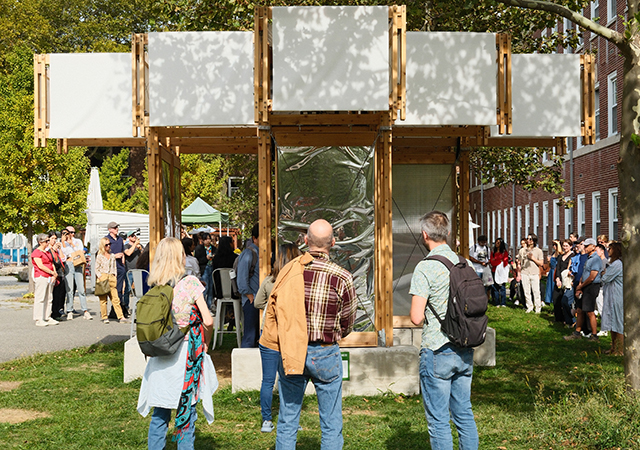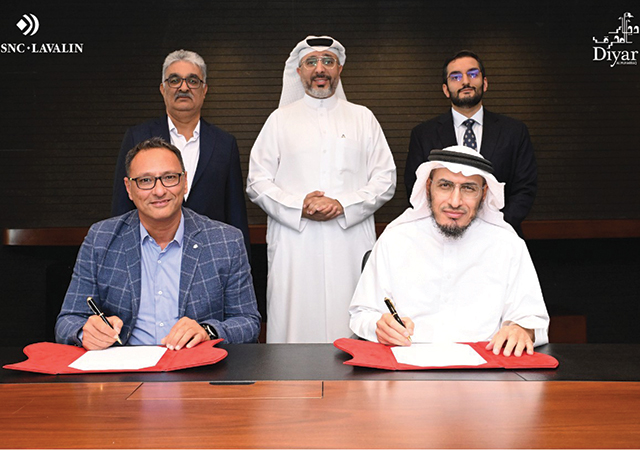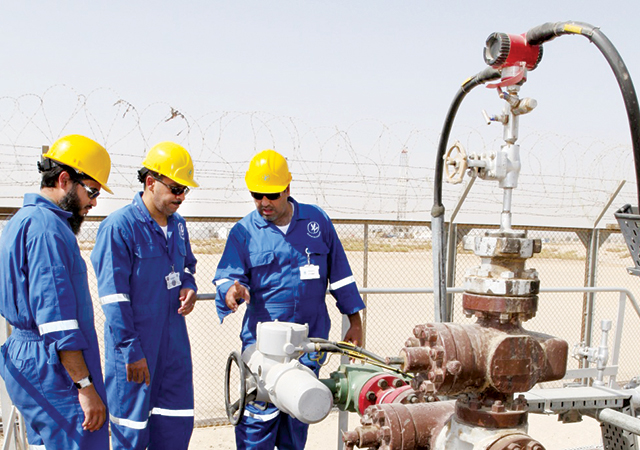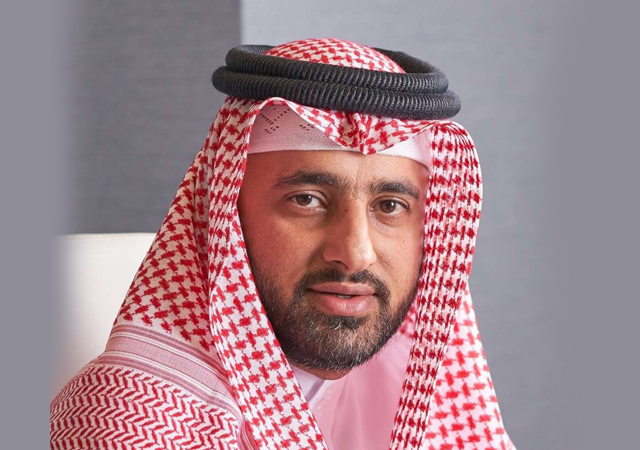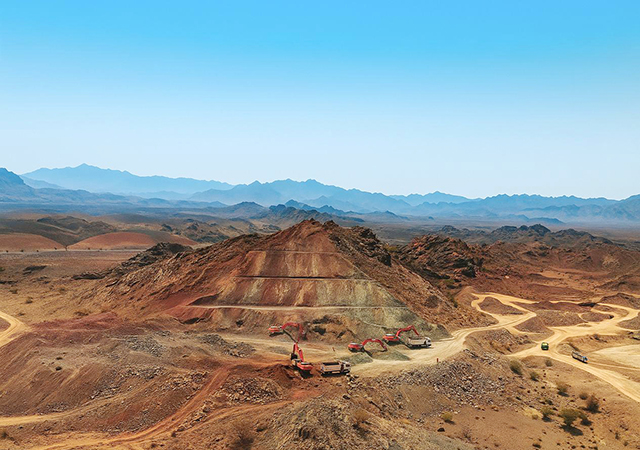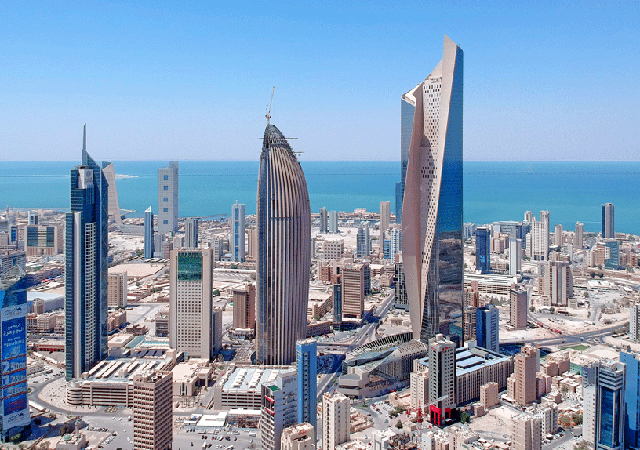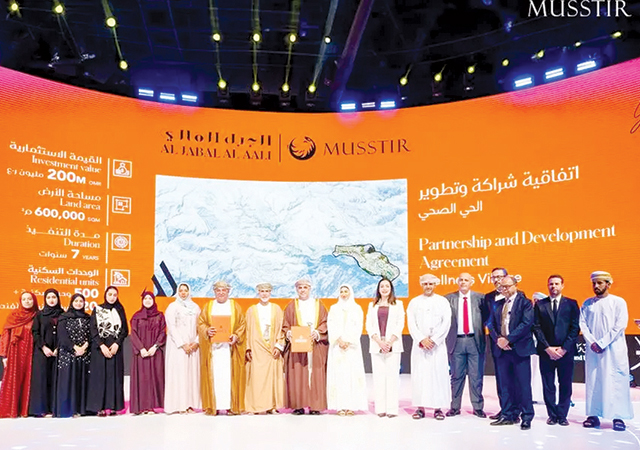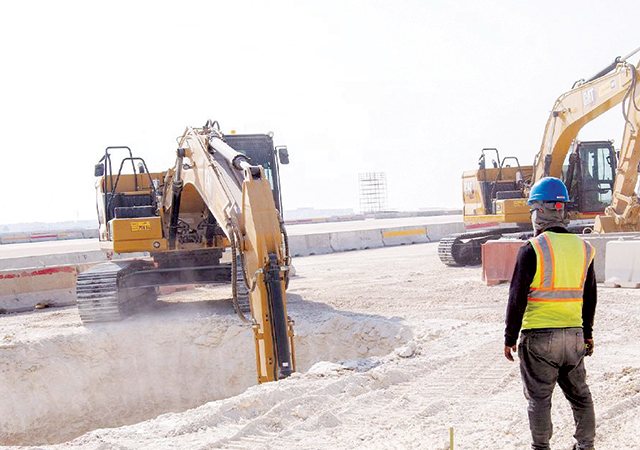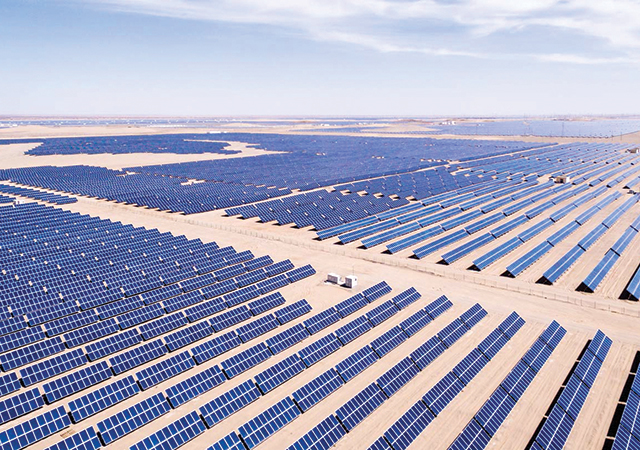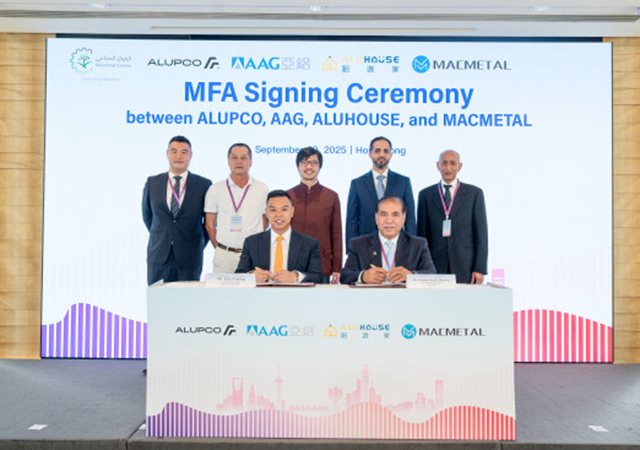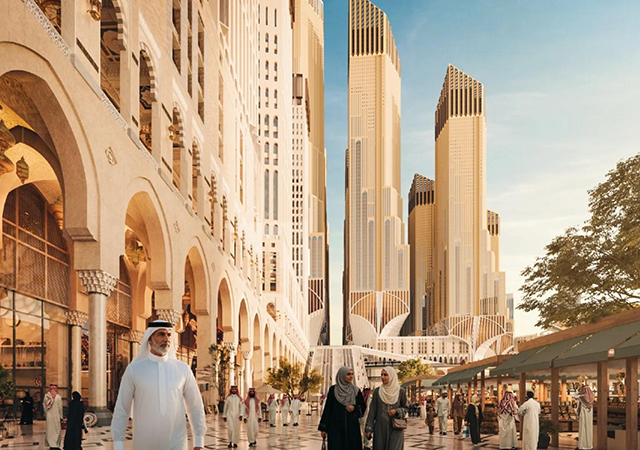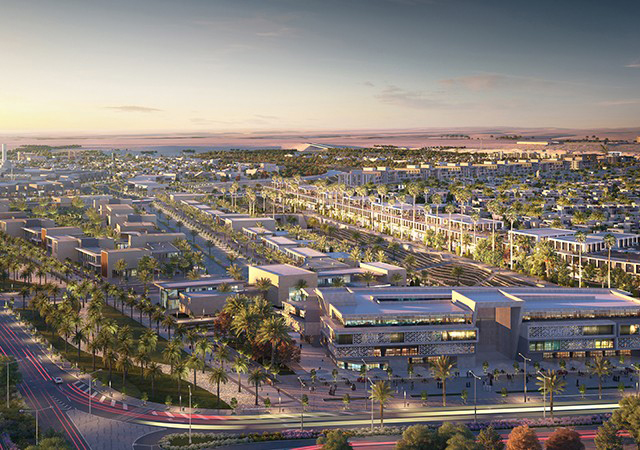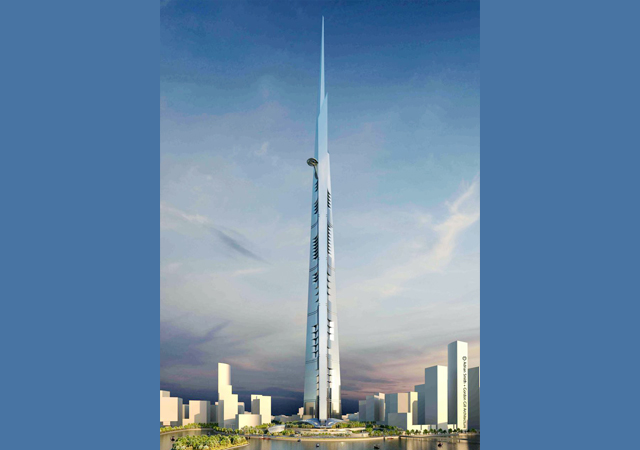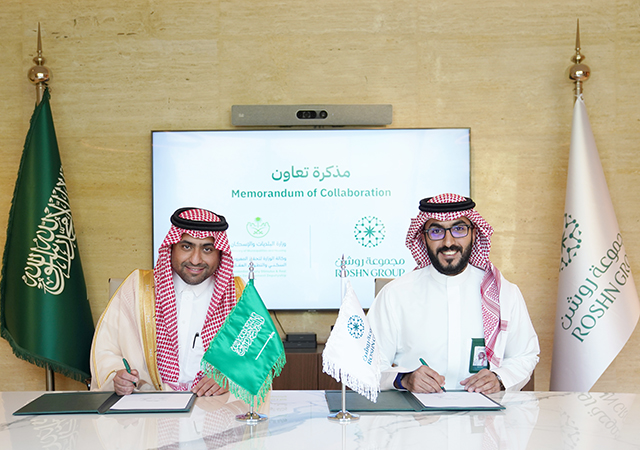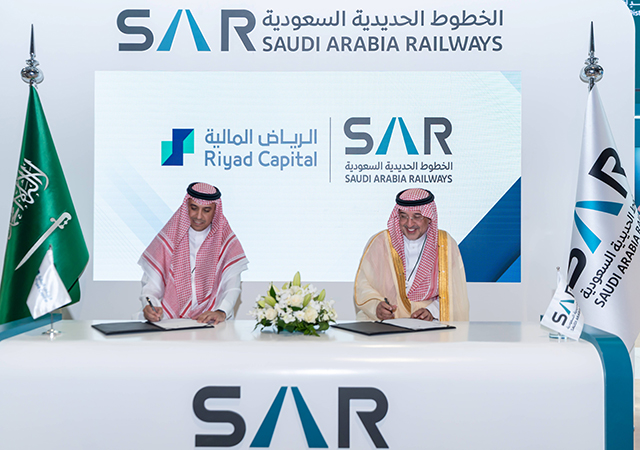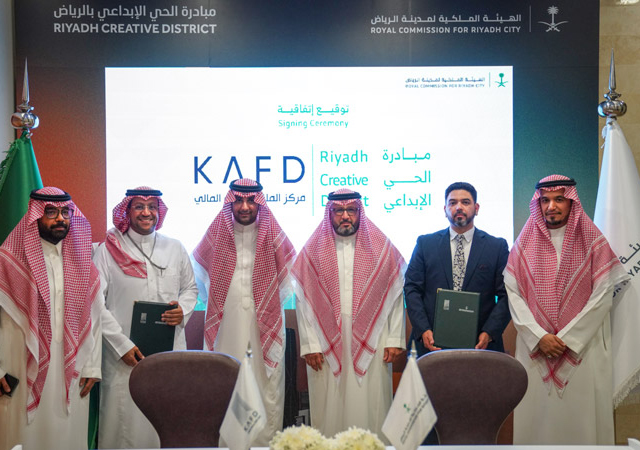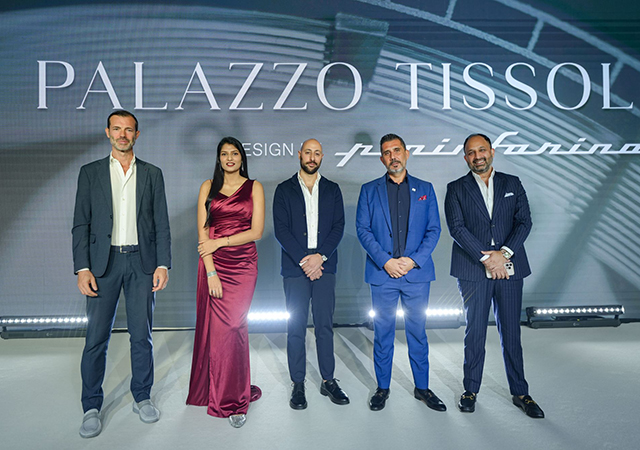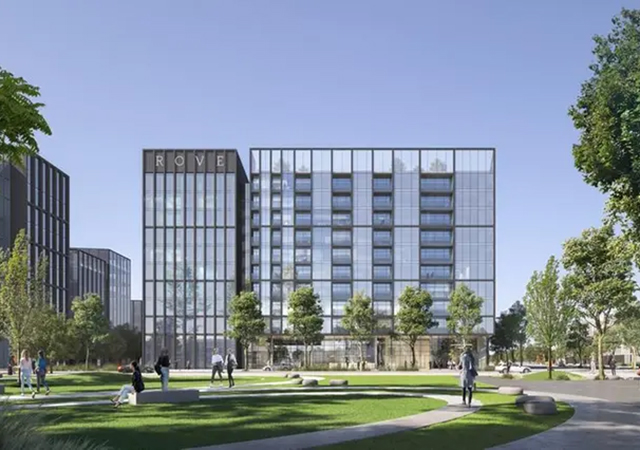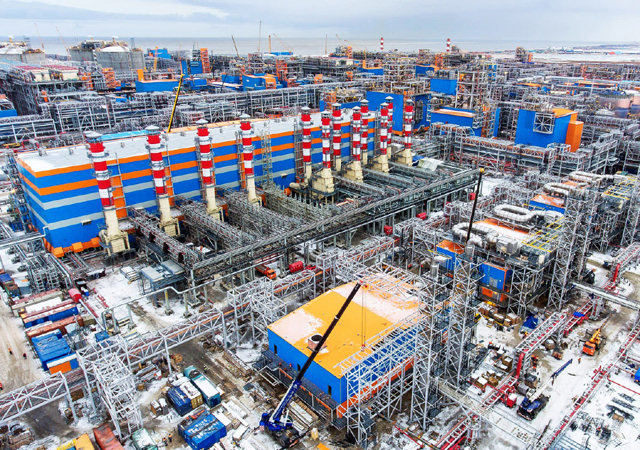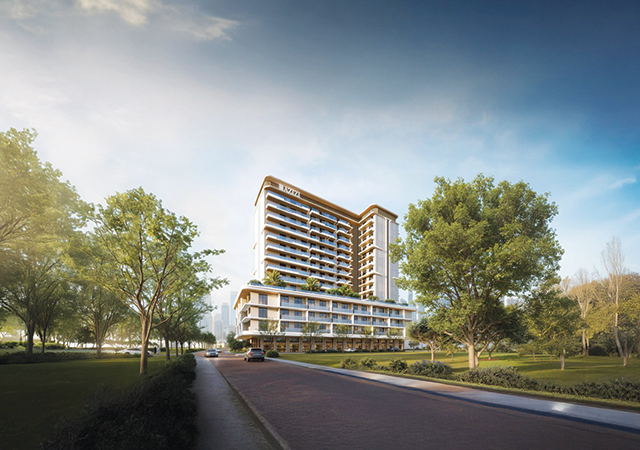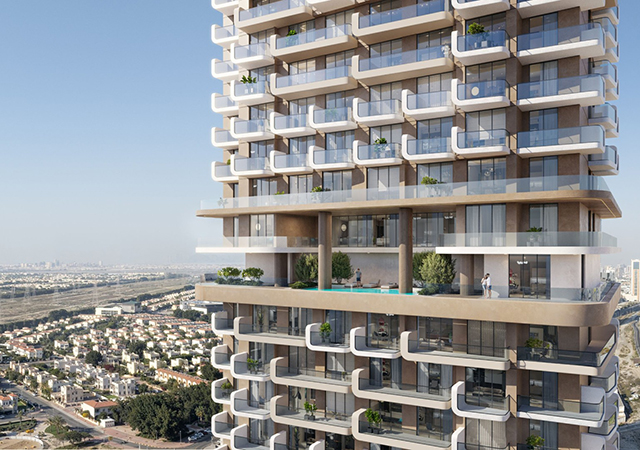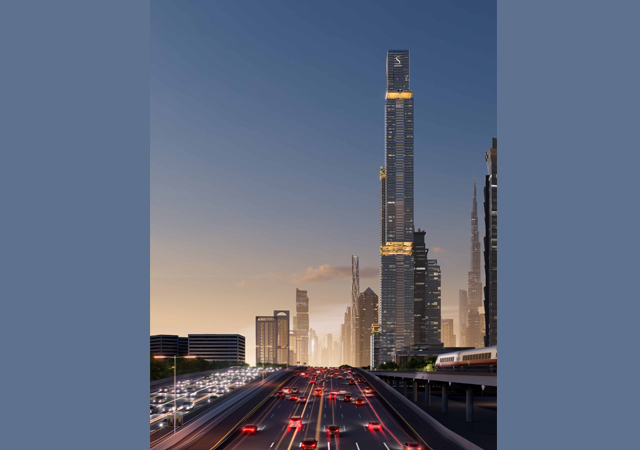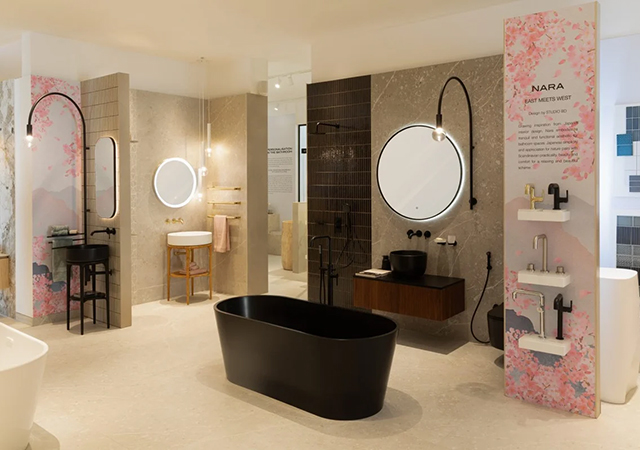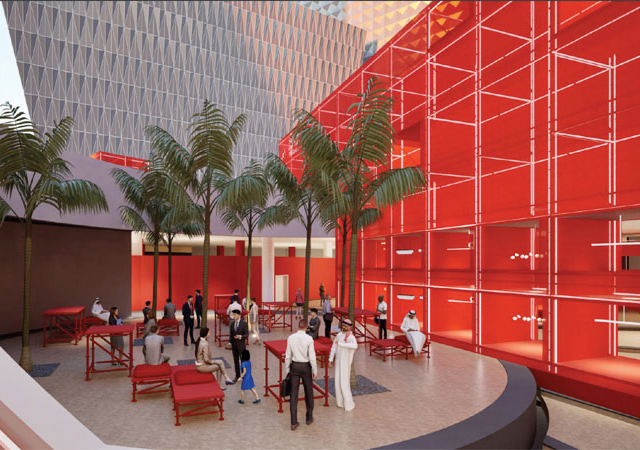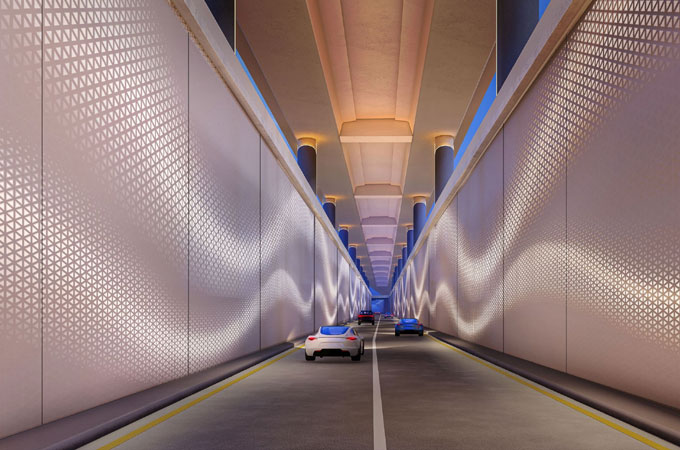
Sheikh Hamdan bin Mohammed bin Rashid Al Maktoum, Crown Prince of Dubai, Deputy Prime Minister, Minister of Defence, and Chairman of The Executive Council of Dubai, has approved the Architectural Identity for Dubai’s road projects, developed to enrich the architectural character of urban elements across the emirate’s integrated network of roads, corridors, and streets.
The strategy aligns with the Dubai 2040 Urban Master Plan, which seeks to elevate the quality of life, reinforce the city’s aesthetic identity, and enhance the efficiency of the built environment through designs inspired by Dubai’s distinctive architectural heritage, presented within a modern framework that reflects the city’s evolution and global leadership.
The architectural identity establishes a comprehensive framework for infrastructure elements such as bridges, canopies, street furniture, lighting, and aesthetic components, ensuring visual and functional harmony across all projects.
It also integrates sustainability and innovation principles using environmentally friendly materials and by balancing technical performance with aesthetic value.
The implementation of this architectural identity will further reinforce Dubai’s distinctive urban character and showcase its architectural landscape on the global stage, positioning the city as a model that seamlessly blends authenticity with modernity and as a leader in unifying urban design standards for infrastructure and road projects.
Sheikh Hamdan reviewed the architectural identity for Dubai’s road projects, developed to enrich the city’s visual character, enhance the quality of its urban landscape, and standardise design criteria for infrastructure and road projects across the emirate.
As per the strategy, Dubai has been classified into six principal zones based on land use, predominant activities, and the architectural form and façades of buildings. The aim is to establish tailored design standards for each zone to ensure visual harmony within the urban landscape and reinforce the architectural identity and distinct character of different areas across the emirate.
The classification includes residential zones, which emphasise privacy and tranquillity, featuring warm colours and materials inspired by the local environment; rural zones, which reflect a natural and agricultural character through organic materials and light earthy tones; and industrial zones, characterised by simplicity and functionality, using durable materials and neutral colours suited to the nature of activities in these areas, it stated.
Mixed-use zones combine residential and commercial functions, adopting a flexible architectural language that allows integration between public and private spaces, stated the report.
The fifth category encompasses historical and artistic zones, which highlight Dubai’s cultural and heritage identity through architectural details inspired by traditional design and local ornamentation. The sixth category comprises high-end attraction zones, distinguished by contemporary urban façades, modern architectural forms, and unique materials that embody the spirit of innovation and excellence defining the city.
Each area has been assigned specific materials, colours, and architectural styles to ensure visual coherence within its area while preserving the diversity that reflects the richness of Dubai’s urban identity and the variety of its architectural character.
The initiative aligns with Dubai’s vision to build an integrated and sustainable city that enhances the experience of both residents and visitors, it added.-TradeArabia News Service





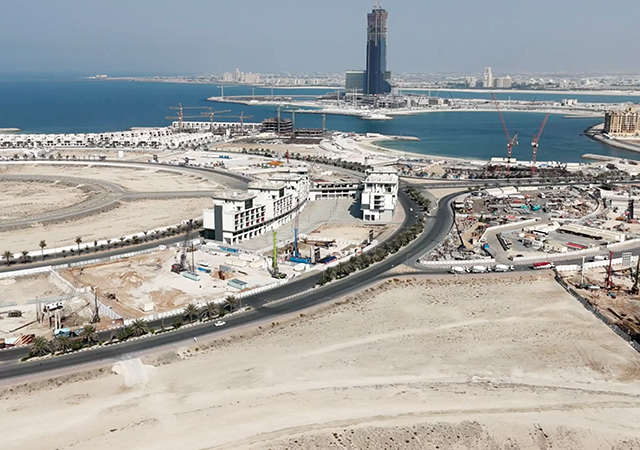
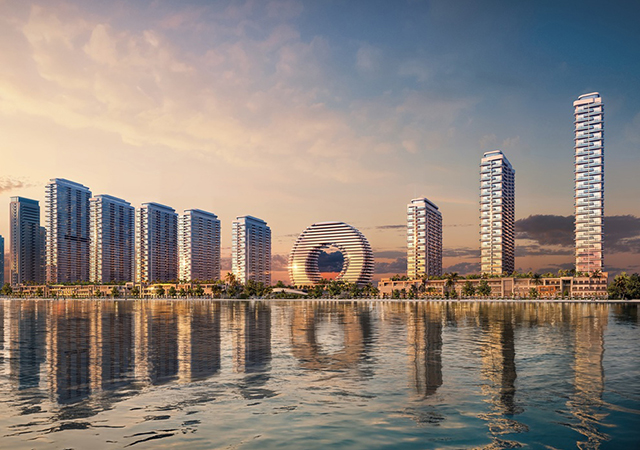



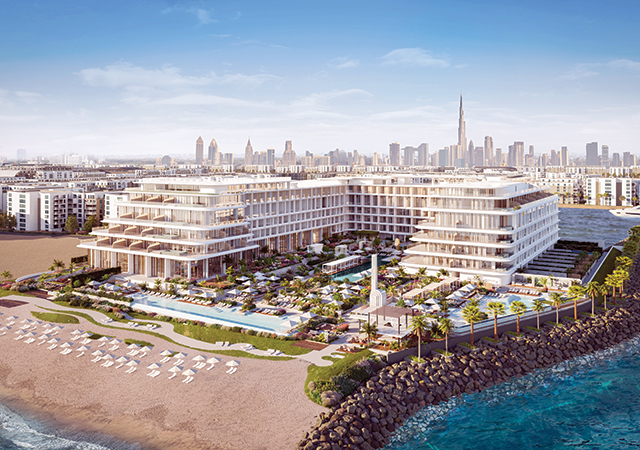


(5).jpg)
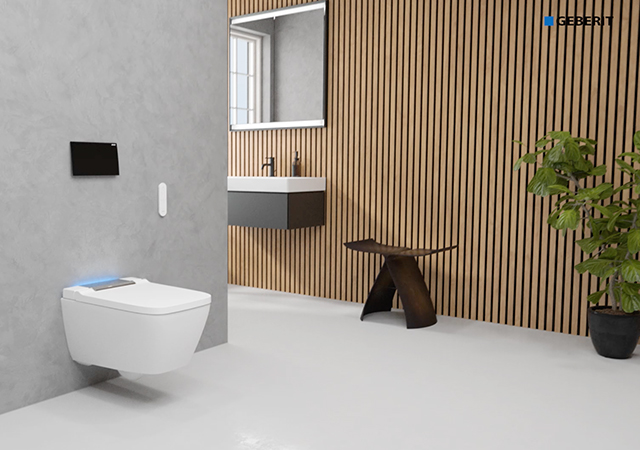

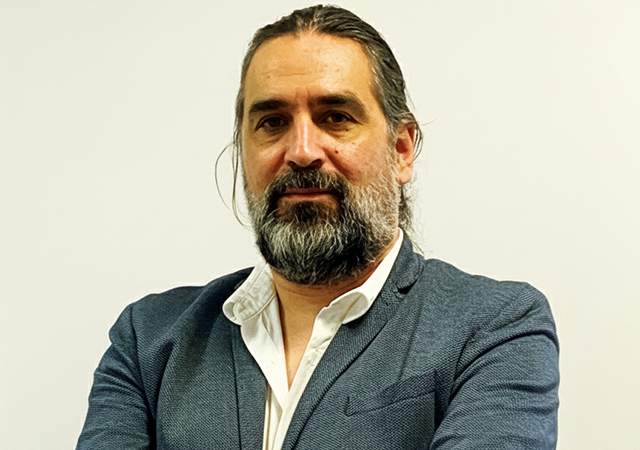
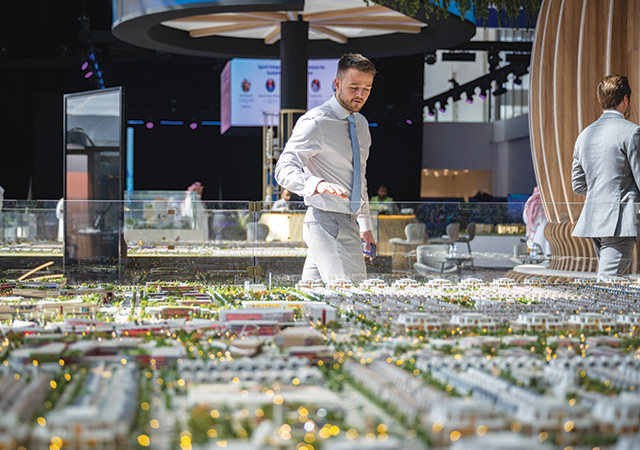
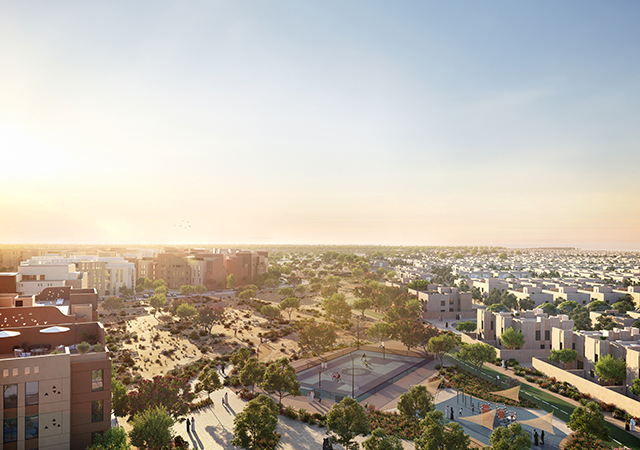
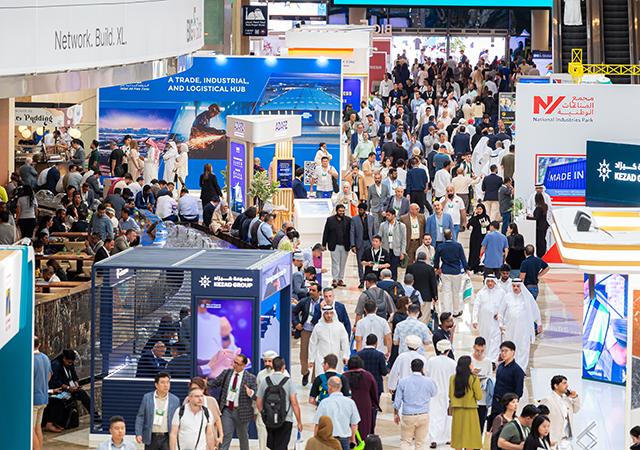
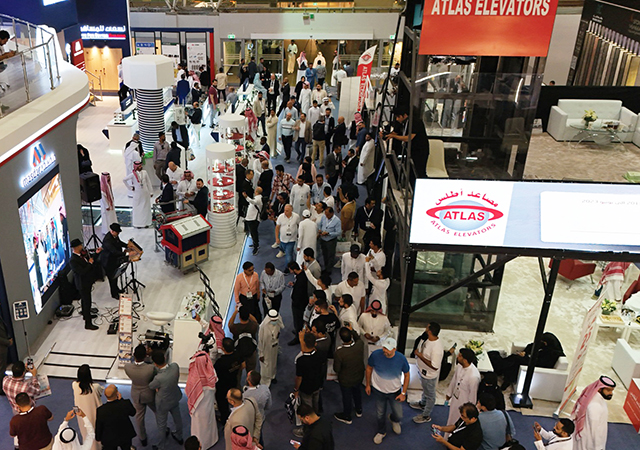
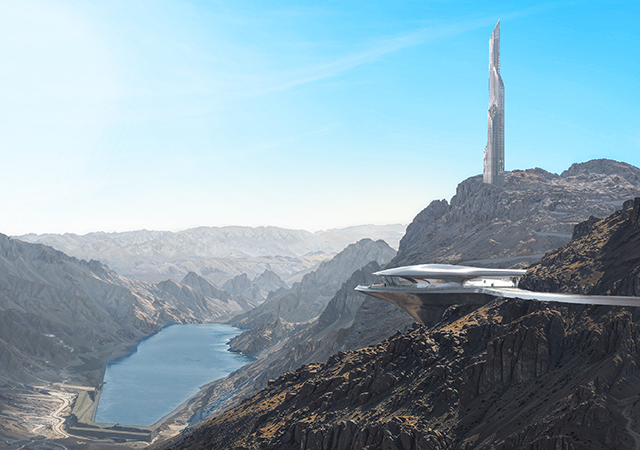
.jpg)







